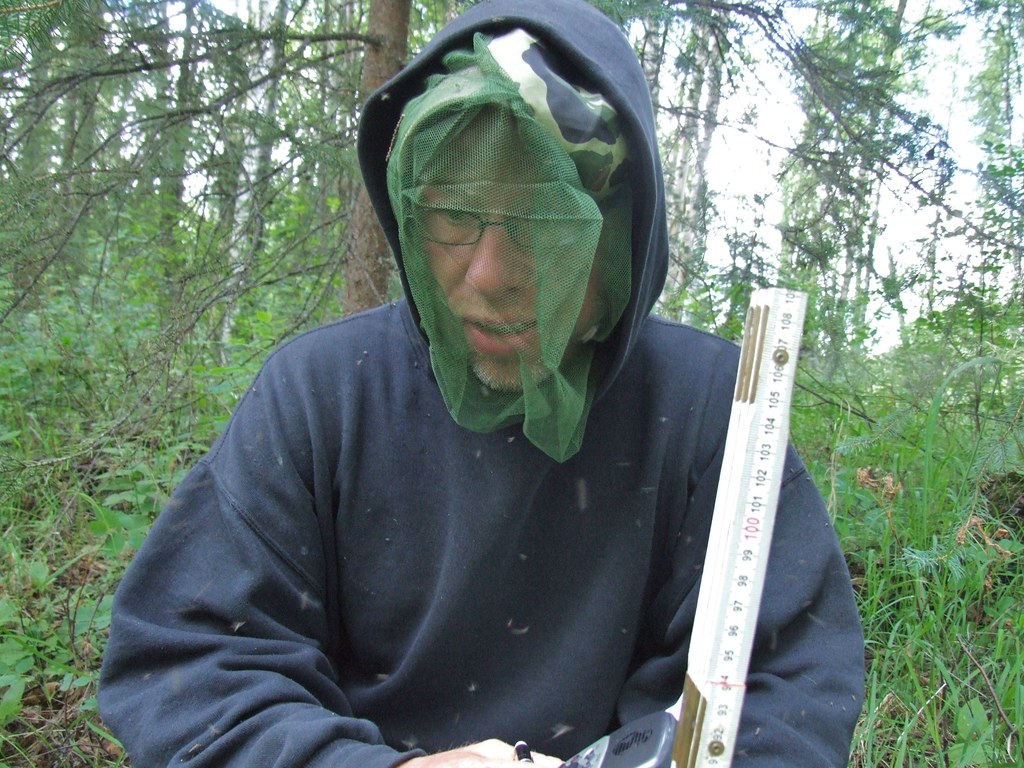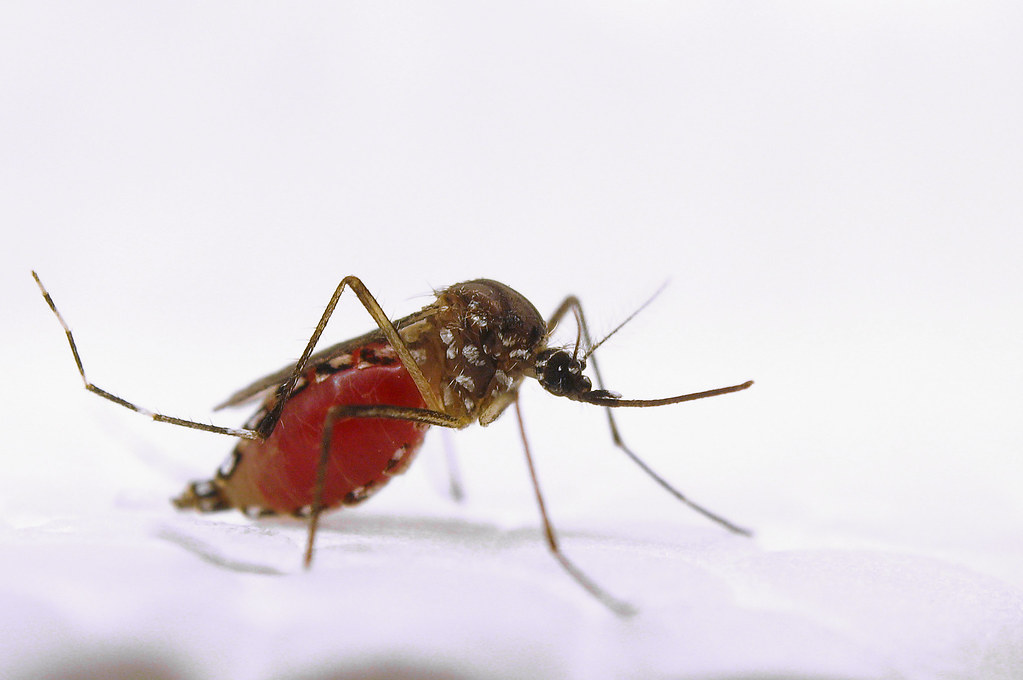天氣越來越熱,美國各大城市的蚊蟲也變多了。美國政府統計,在過去13年(2004-2016)間,蚊子、蜱蟲和跳蚤傳染病增加了兩倍,出現超過64萬2600例病例。根據美國疾病預防管制中心(CDC)最新的《生命徵象》(vital signs)報告,同一時期由蚊子和蜱蟲引入的傳播新病原體就多達九種。
「茲卡、西尼羅熱、萊姆病和屈公熱,近年蚊子、蜱蟲或跳蚤傳染病越來越多,我們不知道接下來還有什麼病會進入美國。」CDC主任瑞德菲爾醫師(Robert Redfield)說。
此外,紐澤西倡議團體氣候中心(Climate Central)研究發現,隨著氣溫上升,全美大部分地區病媒蚊活躍期逐漸延長,蚊子傳播疾病的風險更大。為了研究溫度對蚊子傳播疾病的作用,該中心分析了各年春季、夏季和秋季平均溫度介於16.1°C(61°F)和33.9°C(93°F)之間的天數。這是黑斑蚊傳染疾病的溫度範圍。
244個城市中,有94%的城市氣溫介於16.1°C和33.9°C的天數增加,顯示疾病傳播的風險增加,即病媒蚊活躍期。
埃及斑紋和白線斑蚊兩種黑斑蚊都會傳播西尼羅熱。自1999年進入美國後,48州都有病例。黑斑蚊還會傳染其他危險疾病,如登革熱、茲卡、屈公熱和黃熱病。
要傳播疾病,蚊子必須叮咬兩次,第一次被傳染,第二次傳染給別人。華氏75度時,發生兩次叮咬的蚊子數量最多。
病媒蚊活躍期最長的前10名城市中,加州佔了三名,其他城市包括新墨西哥州拉斯克魯塞斯、德州埃爾帕索市和亞利桑那州圖森市。這些城市的氣溫都很適合病媒蚊生存跟傳染疾病。

氣候中心的分析顯示,自20世紀70年代以來,由於氣溫升高,這些城市的疾病傳播風險一直在增加。部分北方城市則是活躍日延長幅度最大,包括蒙大拿州海倫娜和賓州伊利市。
氣候變遷也可能使某些地方溫度過高,以至於不適合病媒蚊生存。例如,1970年以來鳳凰城的病媒蚊活躍日數減少,因為當地35°C(95°F)以上的天數也增加了,而這已經超出傳染範圍。
244個城市中,只有12個城市疾病活躍天數減少。
Sicknesses from mosquito, tick, and flea bites have tripled in the United States, with just over 642,600 cases reported during the 13 years from 2004 through 2016. Nine new germs spread by mosquitoes and ticks were discovered or introduced into the United States during this time, according to the latest “Vital Signs” report by the Centers for Disease Control and Prevention, CDC.
“Zika, West Nile, Lyme, and chikungunya – a growing list of diseases caused by the bite of an infected mosquito, tick, or flea – have confronted the U.S. in recent years, making a lot of people sick. And we don’t know what will threaten Americans next,” said CDC Director Robert Redfield, M.D
In addition, the number of mosquito “disease danger days” is increasing across much of the country as temperatures rise, representing a greater risk for transmission of mosquito-borne diseases, finds new research by the New Jersey-based science and advocacy group Climate Central.
To examine the role temperature is playing in disease transmission from mosquitoes, Climate Central analyzed the number of days each year in the spring, summer, and fall with an average temperature between 61 degrees and 93 degrees Fahrenheit. This is the range for transmission of diseases spread by mosquitoes of the Aedes type.
Of the 244 cities analyzed, 94 percent are seeing an increase in the number of days with temps between 61 and 93, indicating a heightened risk for disease transmission, or “disease danger days.”
Both types of mosquitoes transmit West Nile virus, with cases in all 48 continental states since its introduction to the United States in 1999. Aedes mosquitoes carry other dangerous diseases such as dengue, Zika, chikungunya, and yellow fever.
In order to transmit disease, a mosquito must bite twice – once to acquire the disease and a second time to pass it on. The largest number of these twice-biting mosquitoes are produced at 75 degrees Fahrenheit.
Three California cities rank numbers two, three, and nine on the list of biggest increases in disease danger days. Other cities in the top 10 list include southern and southwestern cities like Las Cruces, New Mexico, El Paso, Texas and Tucson, Arizona, where temperatures are suitable for mosquito survival and some disease transmission already occurs.
The Climate Central analysis suggests that since the 1970s, the risk of disease transmission in these cities has been increasing due to rising temperatures.
A few northern cities also make this list of greatest increases in disease danger days, including Helena, Montana, and Erie, Pennsylvania.
Climate change may make some locations too hot for mosquito survival and disease transmission. For example, there are fewer disease danger days in Phoenix since 1970. This is likely because the number of days above 95 degrees Fahrenheit in Phoenix is also going up, and 95 degrees is beyond the range of disease transmission.
Out of the 244 cities in the analysis, only 12 are seeing a decrease in the number of disease danger days during this time period.
※ 全文及圖片詳見:ENS





